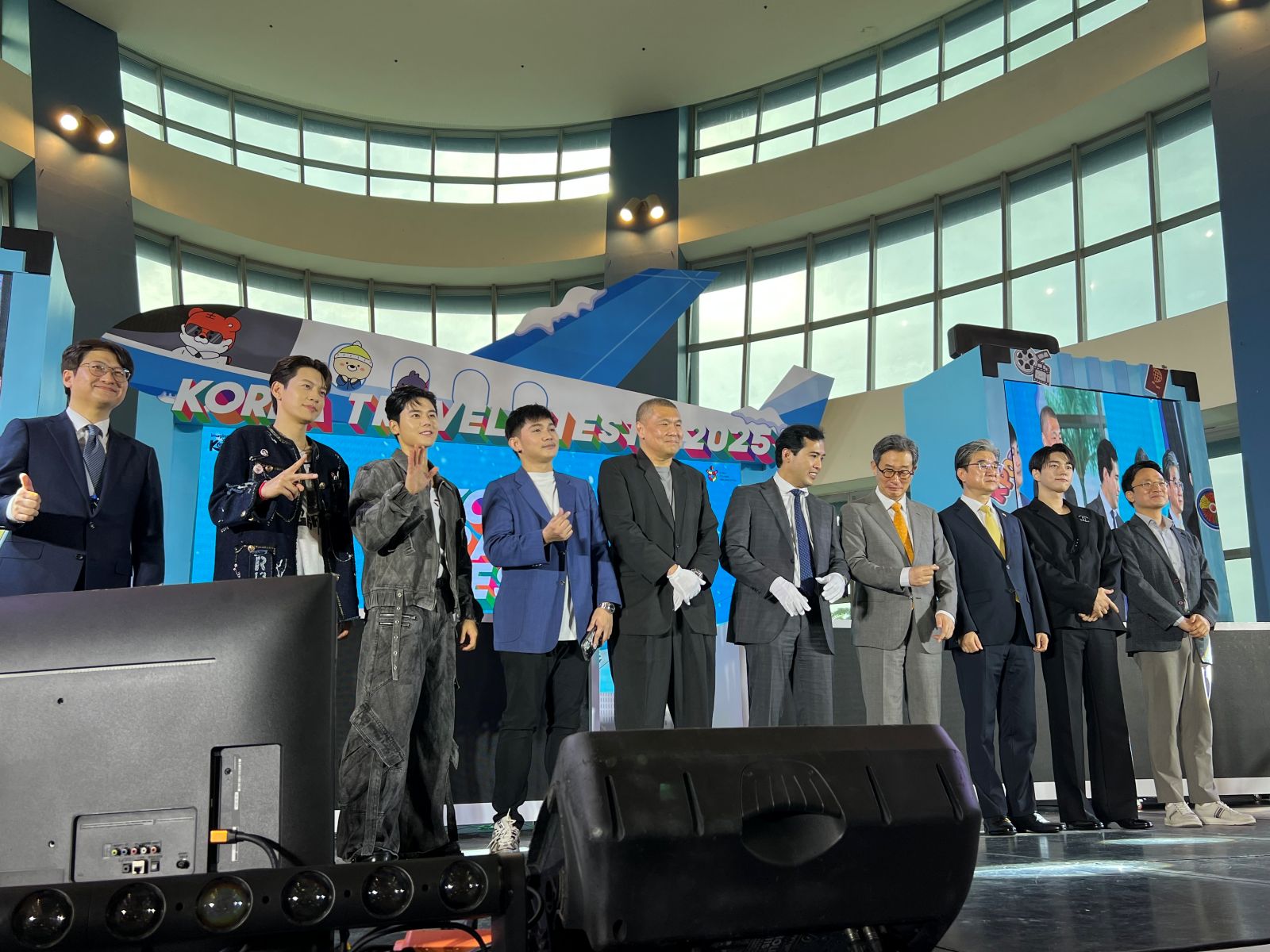
In South Korea, the Ministry of Unification manages a directory of divided families who are eligible to participate in government-sponsored programs ranging from inter-Korean reunion meetings to archives of letters and video messages. Although fewer than one-third of the 133,000 South Korean citizens registered are still alive as of 2023, more than 4,000 families on both sides of the border have been able to reunite over 21 rounds of in-person reunions and over 500 families have been able to reconnect through seven rounds of video reunions.
Korean Americans do not have the same institutionalized support for family reunions. In contrast to the systematic accounting of U.S. servicemen who remain missing in action from the Korean War, there has been a lack of any government-sponsored mechanism for Korean American divided families.
Meanwhile, the International Committee of the Red Cross has typically served as the interlocutor for restoring family links in conflict zones. But on the Korean Peninsula, political obstacles have stifled the Red Cross, especially after North Korea its borders during the pandemic.
The only way for most Korean Americans to reconnect with their relatives in North Korea is through unofficial means, such as private brokers and personal contacts in the North Korean government. Prior to the 2017 ban on U.S. citizens traveling to North Korea, Korean Americans used personal trips to the country to find and meet relatives and even provide remittances. But after the travel ban and North Korea’s aforementioned border shutdown in January 2020, these informal opportunities for reunions vanished.
Growing Hopes for Reunion Support
However, recent developments are raising a glimmer of hope for future reunion opportunities.
In December 2022, following a commitment made during the 2020 presidential campaign to “to reunite Korean Americans separated from loved ones in North Korea for decades,” President Biden signed the Divided Families Reunification Act as part of the 2023 National Defense Authorization Act. This law mandates consultations with the Korean American community and the South Korean government on in-person and video reunions for U.S. citizens.
Political attention on this issue has also been reflected at the State Department, with U.S. Special Envoy on North Korean Human Rights Julie Turner highlighting family reunions for Korean American divided families as one of her key policy priorities. In addition, the State Department stipulated in 2023 that family reunions fall under the humanitarian grounds for a special validation passport to visit North Korea.
Nevertheless, compared with the gradual loosening of restrictions for Cuban Americans to visit family through a carveout in the U.S. embargo on Cuba, this potential exemption to the travel ban to North Korea still presents bureaucratic hurdles. North Korea’s gradual re-opening of borders, which to date has been limited to citizens of a few countries like China and Russia, also hinders reunions today.
Finally, the Divided Families National Registry Act, which was introduced by U.S. Representatives Jennifer Wexton (D-VA) and Michelle Park Steel (R-CA) in January 2024, could mark substantive progress toward identifying and supporting Korean American divided families. If signed into law, the bill would establish an official national registry for Korean American divided families and require any future dialogue between the United States and North Korea to include discussions on family reunions.
Letters to My Hometown: Recording Video Messages of Korean American Divided Families
Absent the possibility of in-person reunion, many divided families have tried to connect through other means of communication. In South Korea, the Ministry of Unification has implemented more than 600 inter-Korean letter exchanges and archived more than 20,000 video messages to North Korea since 2005.
In contrast, the United States has no centralized system for stories from Korean American divided families. Whereas U.S. citizens were able to send letters and remittances to family members in North Korea, particularly during the 1990s, even postal services and other forms of contact are now blocked through economic sanctions and regulations on travel.
The Letters to My Hometown Project, launched by Divided Families USA and Korean American Story earlier this year through the support of the American Friends Service Committee, aims to address this gap by collecting interviews with elderly Korean Americans about their memories of their hometowns and messages to their family members in North Korea. Both through the act of sharing one’s testimony and seeking ways to deliver the messages to North Korea through official channels, the project facilitates a platform for closure and healing for Korean American divided families.
Moreover, the project endeavors to raise awareness about the human impact of the unresolved conflict on the Korean Peninsula by producing the stories in English and Korean on a public website and promoting excerpts on social media. All interviews from the project will be archived at the Digital Archives of the Korean Heritage Library at the University of Southern California.
Reconnecting Families as a Possible Inroad for U.S.-North Korea Reconciliation
Ultimately, the ongoing stalemate between the United States and North Korea will continue to pose significant logistical and political barriers that prevent elderly Korean Americans from reconnecting with their relatives in North Korea in their lifetime. Despite various bipartisan legislative efforts encouraging U.S.-North Korea family reunions since 2001 and strong public support — a 2023 survey conducted by the Harris Poll indicates that a clear majority (67 percent) of U.S. citizens support family reunions for Korean Americans with their family in North Korea — analysts have noted how humanitarian initiatives have been dependent on the state of diplomatic relations with Pyongyang and inconsistent political will from Washington, which may have thwarted past opportunities for pilot programs.
However, people-to-people exchanges and joint humanitarian initiatives have generally been areas in which even divided nations and hostile states have been able to maintain some degree of collaboration. For example, East Germans were allowed to make family visits in West Germany, starting with retired pensioners in 1964 and extending to working citizens in 1988. And even before the establishment of direct commercial flights between mainland China and Taiwan as part of “Three Links” in 2008, the Red Cross began to facilitate family reunions across the Taiwan Strait in 1987. The formation of a joint POW/MIA accounting office in Hanoi in 1991 help pave the way to further cooperation between the United States and Vietnam, culminating in the lifting of the U.S. trade embargo and normalization of relations in the mid-1990s and even stronger U.S.-Vietnam relations today.
In addition to alleviating the trauma of prolonged separation for a rapidly aging community, reconnecting Korean Americans with their family members in North Korea could offer impetus for building trust and demonstrating goodwill between Washington and Pyongyang. While this elderly group of separated families represents a fading link between the United States and North Korea, future generations can continue to build on this human connection that lies at the heart of political reconciliation. The most contentious issues in U.S.-North Korea negotiations, like denuclearization, sanctions relief and military exercises, may remain intractable in the foreseeable future. However, humanitarian and people-to-people initiatives like family reunions might offer more palatable first steps for facilitating reconciliation.
Paul Kyumin Lee is the president of Divided Families USA.
PHOTO: The blue meeting huts along the demarcation line in the truce village of Panmunjom in the Demilitarized Zone between North Korea and South Korea. June 30, 2019. (Erin Schaff/The New York Times)
The views expressed in this publication are those of the author(s).
link







